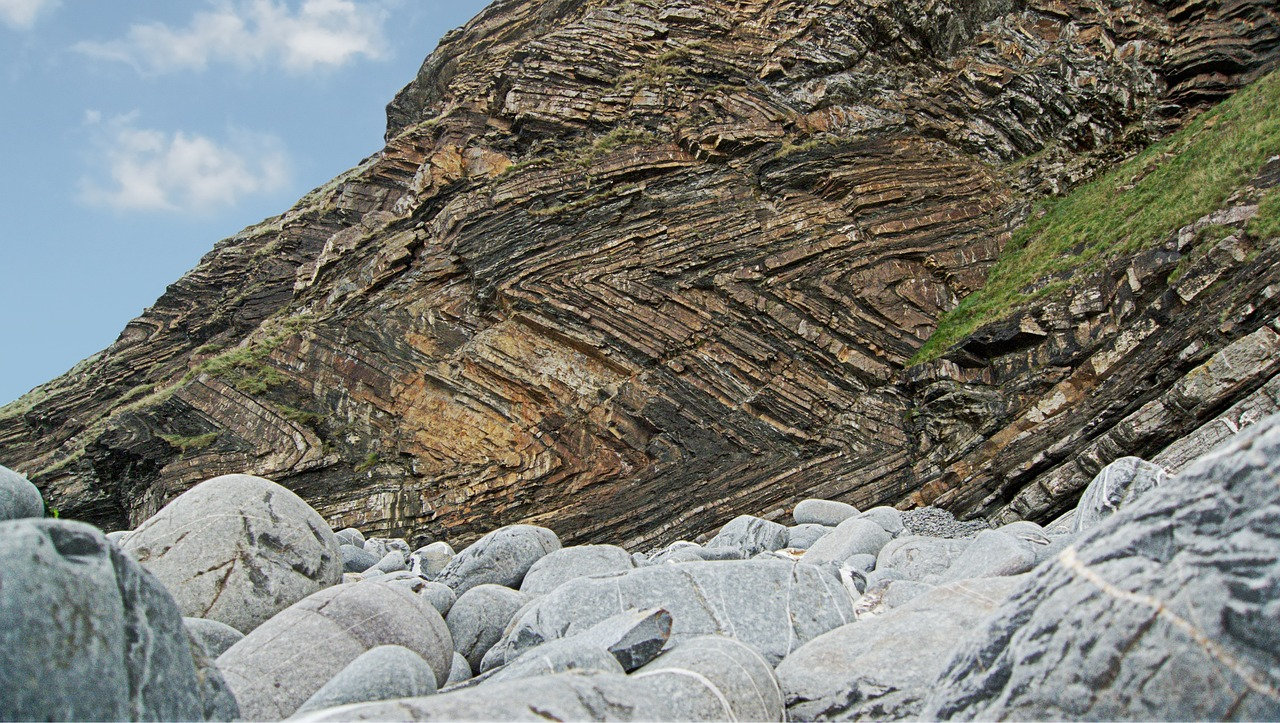whats petroleum
Petroleum, often referred to as crude oil, is a naturally occurring, flammable liquid found in geological formations beneath the Earth's surface. It is a complex mixture of hydrocarbons, which are organic compounds made up primarily of carbon and hydrogen atoms. Petroleum is a vital natural resource and is the source of various fuels and petrochemicals that are essential to modern industrial society. ### Composition of Petroleum Petroleum is composed primarily of the following hydrocarbons: 1. **Paraffins (Alkanes)**: Saturated hydrocarbons with the general formula CnH2n+2. They are the most common components of petroleum. 2. **Naphthenes (Cycloalkanes)**: Saturated hydrocarbons with a cyclic structure and the general formula CnH2n. 3. **Aromatics**: Hydrocarbons with a ring structure and the general formula CnH2n-6. Benzene, toluene, and xylene are common aromatic compounds found in petroleum. 4. **Olefins (Alkenes)**: Unsaturated hydro...



